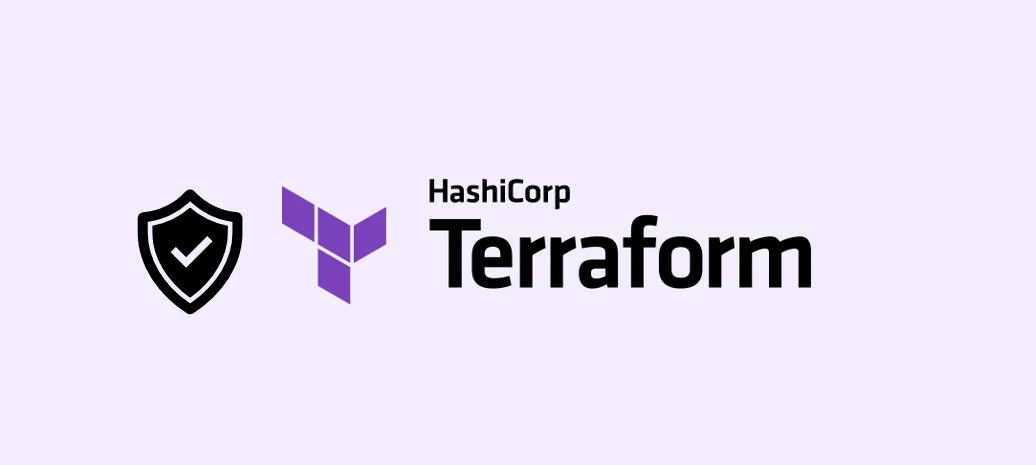Day_7 Mastering Infrastructure Management with Terraform
 Nehal Ingole
Nehal Ingole
Introduction
In the dynamic landscape of cloud infrastructure management, Terraform emerges as a game-changer, empowering developers and DevOps engineers to orchestrate complex architectures with unparalleled ease and efficiency. At the heart of Terraform's prowess lies its modular architecture, facilitating the creation of reusable, scalable, and maintainable infrastructure configurations. In this comprehensive guide, we delve deep into the intricacies of Terraform's root and child modules, unveiling their transformative potential in shaping modern infrastructure landscapes.
Building Blocks of Infrastructure as Code
Terraform modules epitomize the ethos of Infrastructure as Code, encapsulating infrastructure components into self-contained, reusable entities. At its essence, a Terraform module is akin to a blueprint, delineating the structure and configuration of a particular aspect of your infrastructure. Whether provisioning virtual machines, configuring networking, or deploying application services, modules serve as the building blocks that enable you to architect robust and scalable environments.
Root Modules
As the cornerstone of your Terraform configuration, root modules play a pivotal role in orchestrating the deployment and management of your infrastructure. Within the confines of a root module reside the directives that define the desired state of your environment, including resource declarations, provider configurations, and variable definitions. Root modules serve as the nucleus from which your infrastructure emanates, embodying the core principles of declarative configuration management and infrastructure as code.
Key Attributes of Root Modules
Initialization and Dependency Resolution: Root modules spearhead the initialization process, orchestrating the retrieval of provider plugins and module dependencies. Through meticulous dependency resolution, root modules ensure that resources are provisioned in a coherent and sequential manner, mitigating the risk of provisioning errors and inconsistencies.
Configuration Management: Within the confines of the main.tf file, root modules encapsulate the configuration directives that govern the provisioning of infrastructure resources. From defining compute instances and storage volumes to configuring networking and security policies, root modules serve as the canvas upon which your infrastructure vision is realized.
Stateful Brilliance: Terraform's state management capabilities are epitomized within the realm of root modules, where state files serve as the repository of truth for your infrastructure configuration. Through the judicious management of state files, root modules facilitate collaboration, versioning, and orchestration across distributed teams and environments.
Child Modules
In the quest for infrastructure excellence, the concept of reusability emerges as a guiding principle, embodied by Terraform's child modules. Child modules encapsulate discrete components of infrastructure configuration, ranging from microservices architectures to network topologies and security policies. By abstracting implementation details into modular constructs, child modules foster reusability, scalability, and maintainability, ushering in a new era of infrastructure agility.
Empowering Features of Child Modules
Granular Reusability: Child modules epitomize the granular reusability paradigm, enabling developers to encapsulate and share infrastructure components across projects and environments. From provisioning Kubernetes clusters to configuring database replicas, child modules serve as the building blocks that accelerate infrastructure provisioning and streamline collaboration.
Abstraction and Simplification: Through the prism of abstraction, child modules shield consumers from the intricacies of infrastructure provisioning, presenting a coherent and intuitive interface for configuring resources. By encapsulating best practices, conventions, and configuration templates, child modules simplify the adoption and usage of complex infrastructure components.
Versioned Flexibility: Leveraging Terraform's module versioning capabilities, child modules empower teams to manage changes, updates, and revisions systematically. By adhering to semantic versioning principles, child modules promote consistency, stability, and predictability, ensuring that infrastructure changes are orchestrated with precision and confidence.
Best Practices for Module Mastery
In the pursuit of Terraform proficiency, adherence to best practices for module organization emerges as a guiding beacon, illuminating the path towards infrastructure mastery. Embracing the principles of modular design, documentation, and dependency management, practitioners can unlock the full potential of Terraform's infrastructure automation capabilities.
Guiding Principles for Module Mastery
Modular Design Philosophy: Embrace a modular design philosophy, delineating infrastructure components into discrete, reusable modules that embody cohesion, granularity, and encapsulation.
Clear Abstractions and Interfaces: Define clear abstractions and interfaces for your modules, facilitating ease of use, interoperability, and extensibility across diverse projects and environments.
Dependency Management and Orchestration: Explicitly manage dependencies between modules, orchestrating provisioning sequences and lifecycles to ensure consistency, stability, and resilience in your infrastructure deployments.
Comprehensive Documentation: Provide comprehensive documentation for your modules, encompassing usage examples, configuration options, best practices, and caveats. Documentation serves as a beacon of guidance, fostering collaboration, knowledge sharing, and continuous improvement within your organization.
Conclusion
In the ever-evolving landscape of cloud infrastructure management, Terraform emerges as a beacon of innovation, empowering organizations to architect, provision, and manage infrastructure with unparalleled agility and efficiency. By harnessing the transformative power of root and child modules, practitioners can unlock new frontiers of infrastructure excellence, shaping the future of digital innovation and scalability.
Whether provisioning ephemeral compute instances or orchestrating multi-tiered microservices architectures, Terraform modules serve as the catalysts that propel organizations towards infrastructure nirvana. Embrace the modular mindset, adhere to best practices, and embark on a journey of discovery and empowerment as you navigate the boundless horizons of Terraform's modular universe. Let the journey begin, and may your infrastructure dreams soar to unprecedented heights of success and resilience.
Connect with us:
Hashnode: https://hashnode.com/@Nehal71
Twitter : https://twitter.com/IngoleNehal
Subscribe to my newsletter
Read articles from Nehal Ingole directly inside your inbox. Subscribe to the newsletter, and don't miss out.
Written by

Nehal Ingole
Nehal Ingole
🚀 Greetings World! 🌐 Meet a dynamic Frontend Developer, UI/UX Designer, and avid explorer of Cloud & DevOps realms! Uncover the journey of a professional deeply passionate about crafting seamless user experiences, designing visually stunning interfaces, and navigating the cloud with a DevOps mindset. 🔧 Skills Snapshot: Frontend Mastery: HTML, CSS, and JavaScript expert, specializing in React, Angular, and Vue.js. Design Wizardry: Proficient in wireframing, prototyping, and Adobe Creative Suite and Figma for captivating designs. Cloud Maestro: Fluent in AWS, Azure, and Google Cloud Platform, adept at architecting scalable solutions. DevOps Guru: Skilled in Docker, Kubernetes, Jenkins, and Git, contributing to efficient development workflows. 🔗 Let's Connect: Open to collaborating on exciting projects and sharing industry insights, I invite connections for networking or discussions. Reach out for potential collaborations. 📧 Contact Me: GitHub: GitHub Profile Email: nehalingole2001@gmail.com Mobile: 7397966719 Figma: Figma Profile Twitter: Twitter Profile HashNode: HashNode Profile LinkedIn : LinkedIn Profile